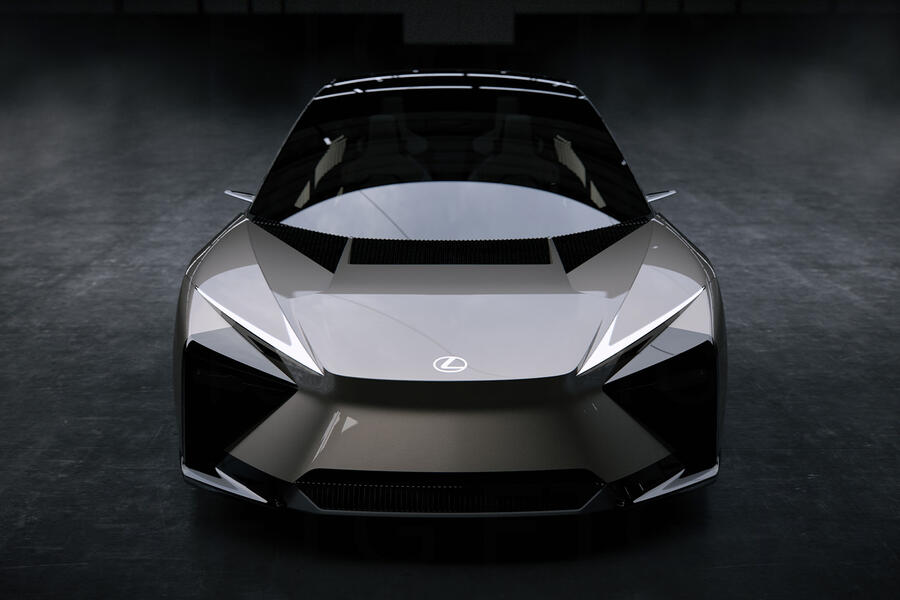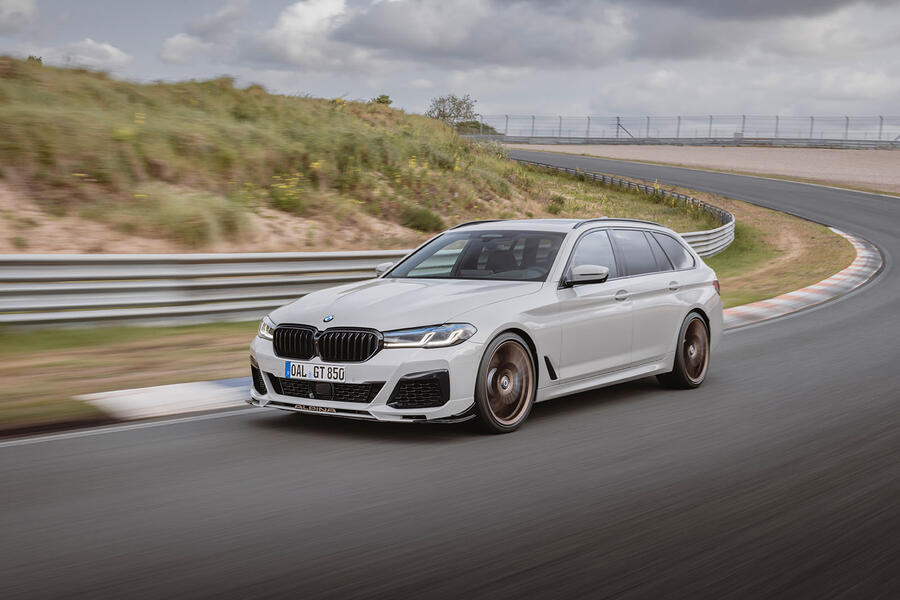The new Lexus LF-ZC concept is a preview of a premium electric saloon set to launch in 2026, designed to rival the BMW i4 and the forthcoming Audi A4.
Lexus has unveiled two EV concepts at the Tokyo motor show: the LF-ZC and the LF-ZL. The LF-ZC represents the future of Lexus with its sleek design and a focus on delivering an exhilarating driving experience, while the LF-ZL previews a future flagship SUV.
Both models carry the LF – Lexus Future – nameplate, a designation used by the company for its concept cars and the production LFA.
The LF-ZC saloon measures 4750mm in length, 1880mm in width, and 1390mm in height, with a wheelbase of 2890mm. This makes it slightly wider but around 200mm shorter than the current Lexus ES, the smallest saloon offered by the brand in the UK.

The LF-ZC features a low-slung and aerodynamically optimized design, boasting a drag coefficient of less than 0.2. This focus on aerodynamics enhances efficiency and range.
The exterior design showcases the latest iteration of Lexus’s design language, with aerodynamic optimization taking center stage. The front end retains the signature Lexus ‘spindle’ design, while the flared rear wheel arches contribute to the car’s assertive stance.
Inside the LF-ZC, the driver is presented with a bold steering yoke, reflecting the use of a steer-by-wire system first seen on the Lexus RZ. The main controls are spread across the cockpit area on digital pads. The left pad handles operation functions such as safety systems, driver assistance features, and drive mode selections, while the right pad groups audio, climate control, and other functions.
The windscreen features a ‘distant view meter’, which projects information onto it similar to a head-up display. The car also includes digital side mirrors designed to minimize distractions by reducing shifts in the driver’s focus.








